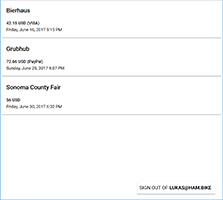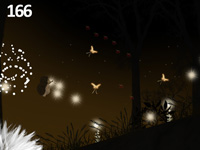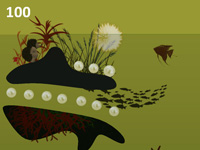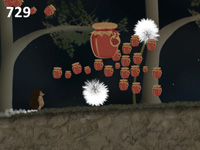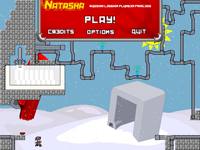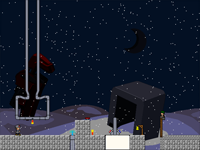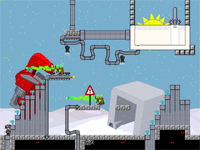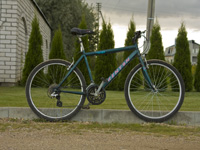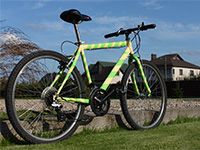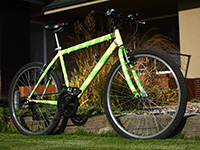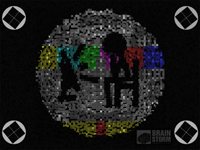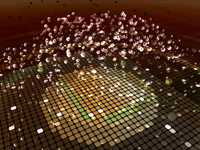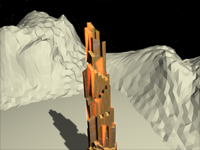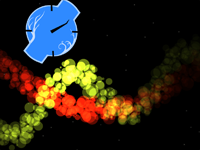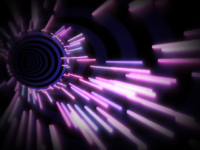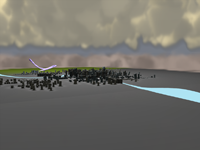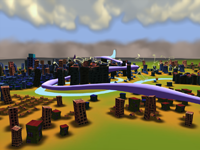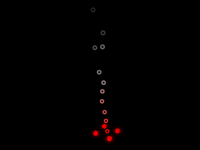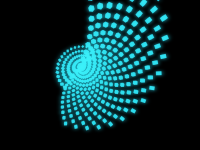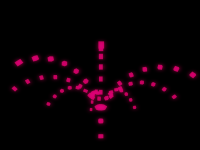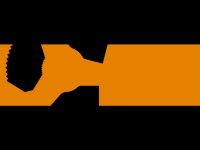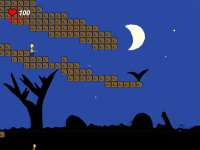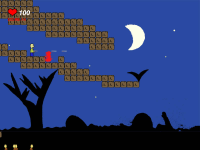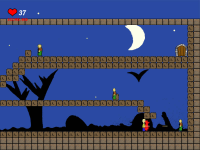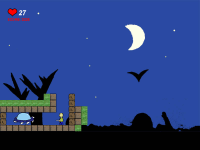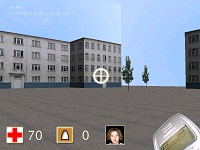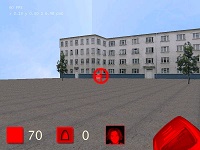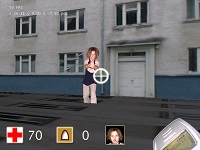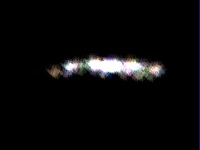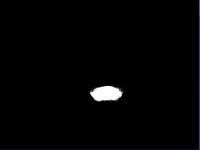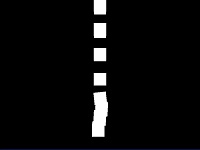I finally finished the first version of a web application for solving multiple retail
logistics problems:
- Optimal work assignment and route planning for delivery drivers.
- Tracking of visual appeal and presence of goods in store shelves.
For the first problem, there is a web UI for uploading the available work for the day.
Once the work is uploaded, an optimization algorithm (k-means with some constraints
and other heuristics) is executed to provide a possible solution to the travelling
salesman problem. Afterwards, the human can adjust the work assignment and print out
worksheets for drivers.
For the second problem there is a web UI for assigning stores to sales representatives
who occasionally visit the retail locations. Then the sales representatives use an
Android application for checking into stores based on their GPS coordinates, upload
photos of goods in shelves and mark the quantity of each item still available. Once
uploaded to the server, all of this data is available for further analysis in web
reports.
This solution is currently used to manage thousands of locations and was being updated
until 2017. A version of the landing page, although slightly outdated, is available
here
Technologies used: Python, aiohttp, NumPy, Golang, Postgres, Docker, jQuery, Android, Java, microservices.

